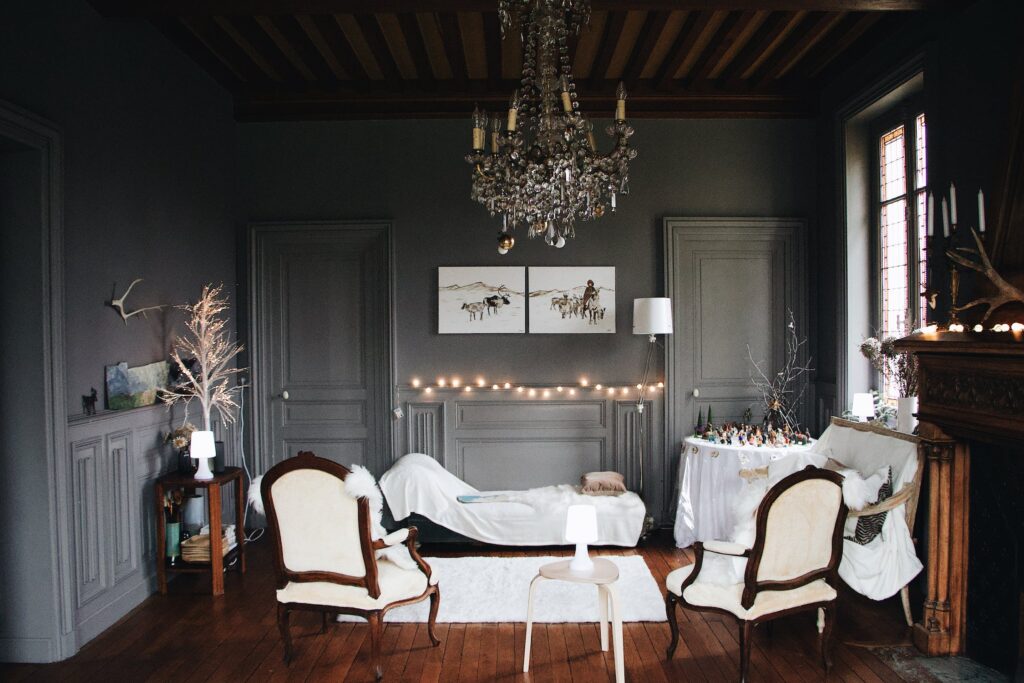
As our world faces environmental challenges, sustainability is no longer just a buzzword—it’s a way of life. In the realm of interior design, the use of sustainable materials is transforming the way we create beautiful spaces. Join us in this beginner’s guide as we explore the profound impact of sustainable materials on modern interior design.
Before we delve into their impact, let’s define sustainable materials. These are materials that are responsibly sourced, have minimal environmental impact, and promote long-term durability. They support the well-being of our planet without compromising on quality and aesthetics.
Choosing sustainable materials for your interior design projects brings a host of benefits:
Let’s explore how sustainable materials are being used in various aspects of modern interior design:
Now that you understand the benefits and possibilities, here are some beginner-friendly tips for integrating sustainable materials into your interior design projects:
Sustainable interior design is continuously evolving. Stay ahead of the curve by exploring these trending practices:
The impact of sustainable materials on modern interior design is undeniable. By choosing eco-friendly options, you not only create beautiful, healthy spaces but also contribute to a better planet. As a beginner, you can make a significant difference by embracing sustainability in your design journey. Join the movement, and together, we can shape a more sustainable and stylish future.
